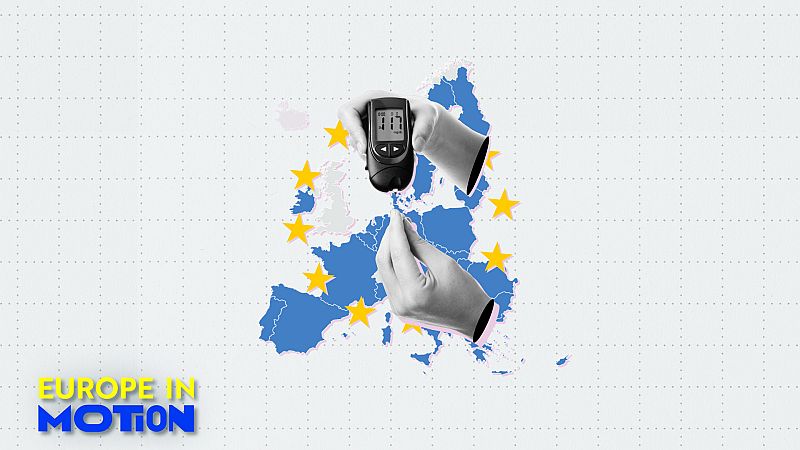Where in Europe is diabetes most prevalent?

Almost 66 million Europeans are currently affected by diabetes, according to a recent report from the International Diabetes Federation.
This figure could jump to 72 million people in 25 years, according to the umbrella organisation that studies data from over 250 national diabetes associations in 158 countries and territories.
Diabetes is a chronic metabolic disease characterised by high levels of blood sugar, which over time can lead to serious damage to the heart, blood vessels, eyes, kidneys and nerves.
This, however, is just the tip of the iceberg, as one-third of Europeans aged between 20 and 79 living with the condition is believed to be undiagnosed.
Within the European Union, the disease is most prevalent among adults in Germany, with 6.5 million people living with the chronic health condition. This is followed by Italy (5 million) and Spain (4.7 million).
Portugal, Croatia, Malta, and Cyprus report the highest age-adjusted prevalence, with around 10% of their adults suffering from the disease.
In contrast, the lowest age-adjusted prevalence can be found in Ireland (3%), followed by the Netherlands (5%) and Austria (5.4%).
"Adjusting rates is a way to make fairer comparisons between groups with different distributions," the report noted. "Age-adjusted rates are rates that would have existed if the population under study had the same age distribution as the 'standard' population."
Increase in type 2 diabetes
The report states that Europe has the world's largest share of patients with type 1 diabetes.
This specific type of illness is an autoimmune condition where the body does not produce insulin. Type 1 typically develops early in life.
This conclusion is nevertheless subject to caution, the International Diabetes Federation explains, as "data on the incidence and prevalence of children with type 1 diabetes is scarce, and mostly collected in high-income countries, which may have an impact on the final numbers."
What seems undeniable, the study claims, is the increasing prevalence of type 2 diabetes in Europe and worldwide. Type 2 diabetes occurs when the body cannot use insulin effectively. It usually develops slowly over many years, often in adults.
This rise is associated with higher levels of urbanisation, ageing populations and unhealthy habits, including insufficient physical activity and higher consumption of unhealthy foods.
Diabetes type 1 accounts for about 10% of all diabetes cases, while Type 2 accounts for about 90%.
Worldwide, diabetes-related health expenditure is now estimated to exceed €1 trillion and to account for 12% of the total global healthcare budget.
Today

